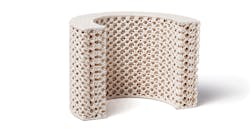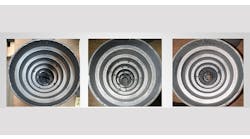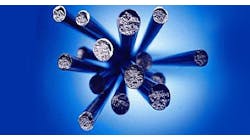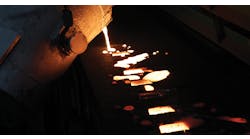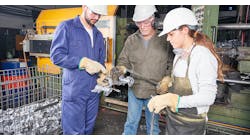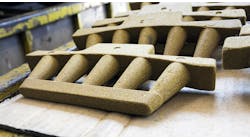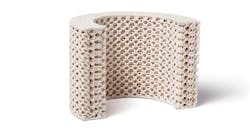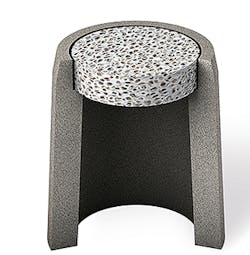Latest from Ask the Expert
Feeding the Need for Cost and Quality Competitiveness
A: You’re right to be concerned. The U.S. foundry industry is currently struggling, and forecasts for 2017 do not promise much improvement. Nevertheless, we must always prepare for the situation at-hand, which demands lowering our costs while improving quality. I understand this “solution” must sound like a broken record. Yet, assuredly, it’s the only way to proceed.
We’re going to focus our response on the subject of feeding systems (riser sleeves, filters, etc.) Because, the question seeks an “easy-to-implement” solution, it seems a fitting starting point given the multitude of new offerings available.
First, let’s address how to reduce your manufacturing costs. To reduce manufacturing costs, you need to improve casting yield. This is accomplished by reducing the amount of metal consumed for each casting.
Runners and gate systems work well for feeding casting cavities but they consume too much metal, making the process inefficient. If you can improve your casting yield, you will reduce your manufacturing costs.
Second, let’s address how to improve casting quality: you need to ensure that the metal entering your mold is as clean as possible, and that enters in such a way that slag doesn’t regenerate while entering your casting. The metal needs to enter the casting cavity with laminar flow. Improving the casting quality also will reduce your manufacturing costs by reducing rework, welding rod consumption, cleaning, etc.
How can these two goals be accomplished with one process change? Implementing a direct pour system can help to achieve this by reducing your metal consumption, while improving your casting quality. Eliminating gates and runner systems and adopting pouring cups reduces the amount of metal that is consumed. Pouring cups combined with the use of reticulated ceramic filter ensures the metal is clean and enters the casting cavity in a smooth and controlled manner.
Pouring cups come in many shapes, sizes, and formulas. They can be exothermic or insulating, made from high-refractory alumina-based fiber, or core-shot alumina microspheres, and in any size and shape needed for your particular casting. Standard-size pouring cups are offered in 2- to 6-inches in diameter and 6- to 9-inches high, but other sizes can be produced for specific applications.
Filters also come in a variety of shapes, sizes, and formulas. The size and shape needed is dependent on the pouring cup selected and the filter composition is based on pouring temperatures and alloy fluidity.
Iron and non-ferrous alloys may use silicon carbide, while steel alloys with pouring temperatures above 2,880°F will use zirconia and steel alloys; with pouring temperatures below 2,880°F, use carbon-bonded filters. Zirconia filters are the strongest option, so if you have a difficult casting, zirconia is recommended.
If you need to improve the quality of castings and also increase casting yield, a direct-pour feeding system will accomplish both goals. A few suppliers offer this technology today (e.g. ASK Chemicals. Foseco, etc.) ASK Chemicals specifically has just released a fully customizable version called FLEXPOUR™. Contact the respective representatives to learn more about applying these products and technologies to your current process.
Join the Conversation. Email Your Questions for ASK Chemicals
Share your insights, opinions, and elaborate on the questions and the experts' answer(s). You must be logged in to the website in order to post your comments.
